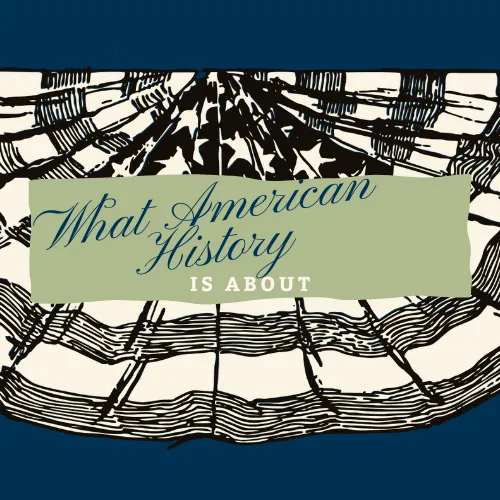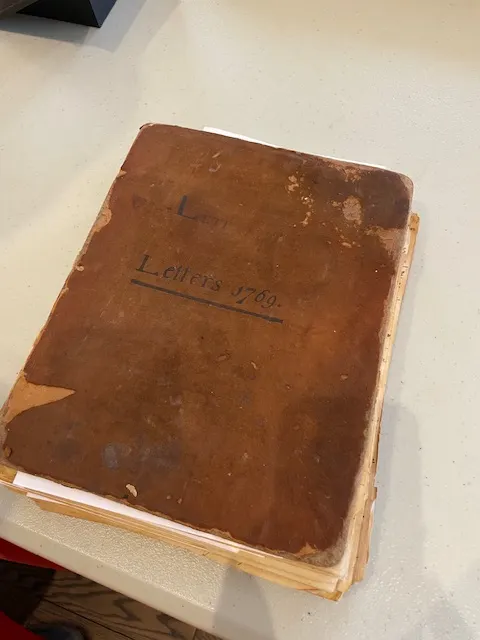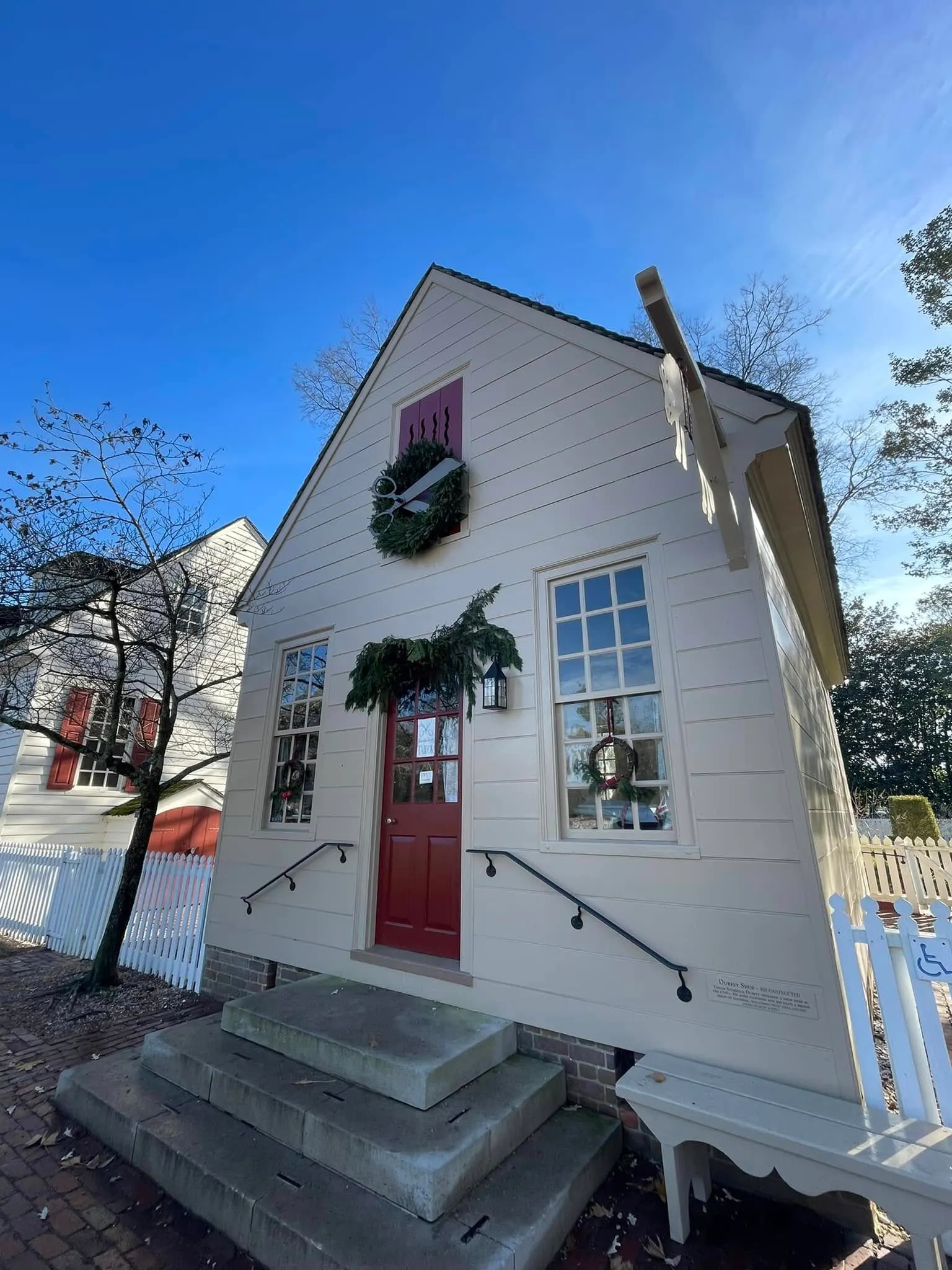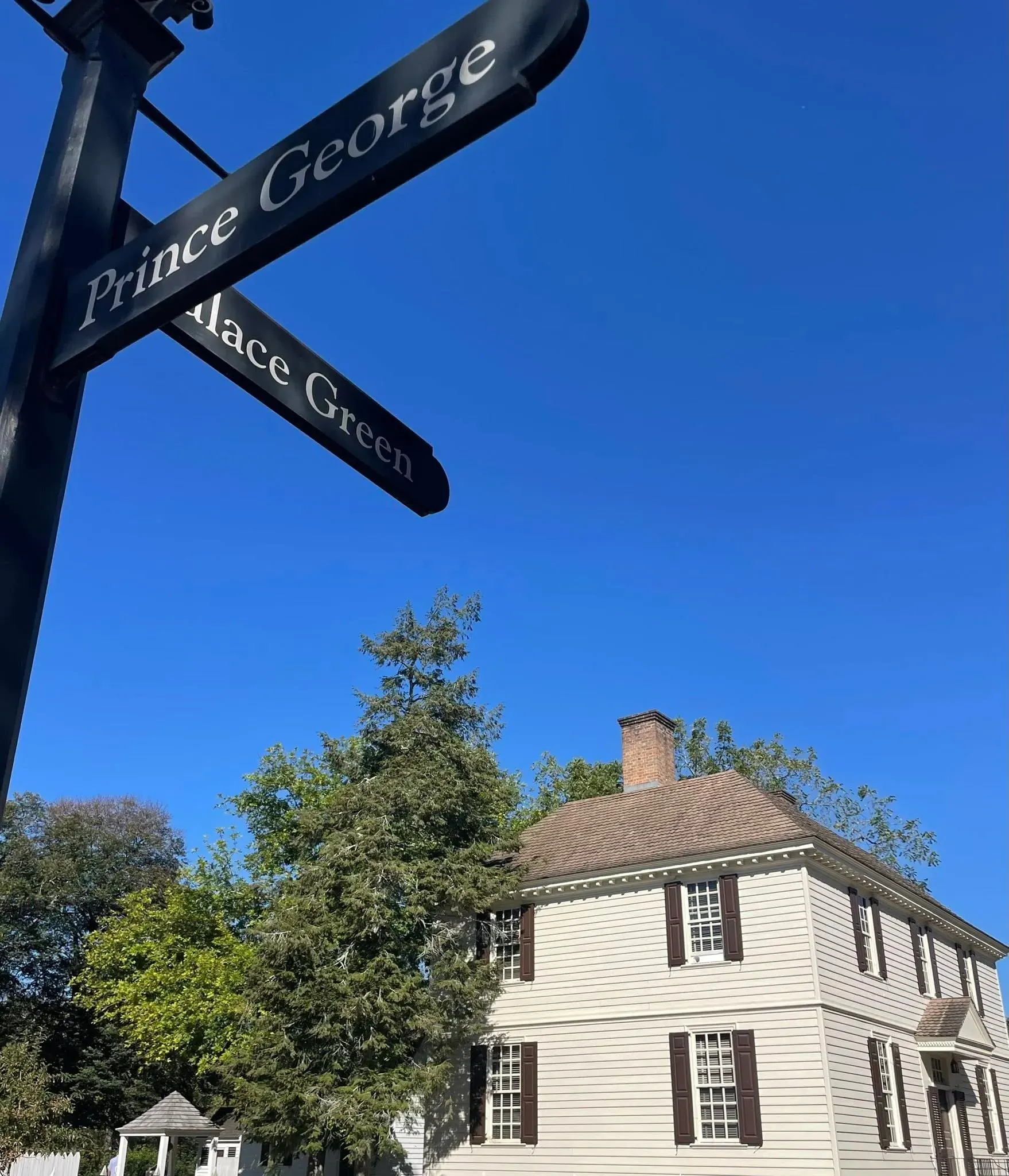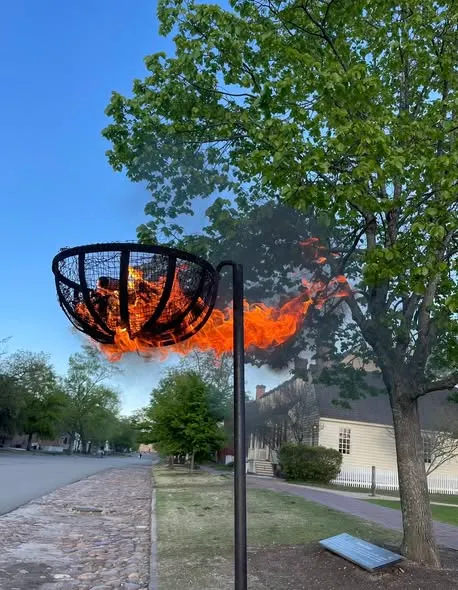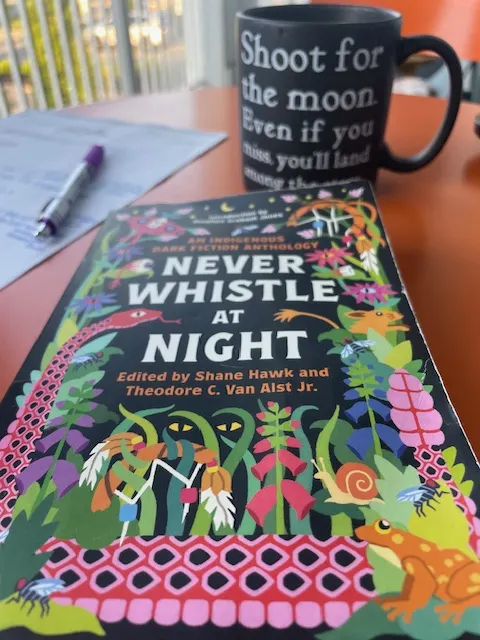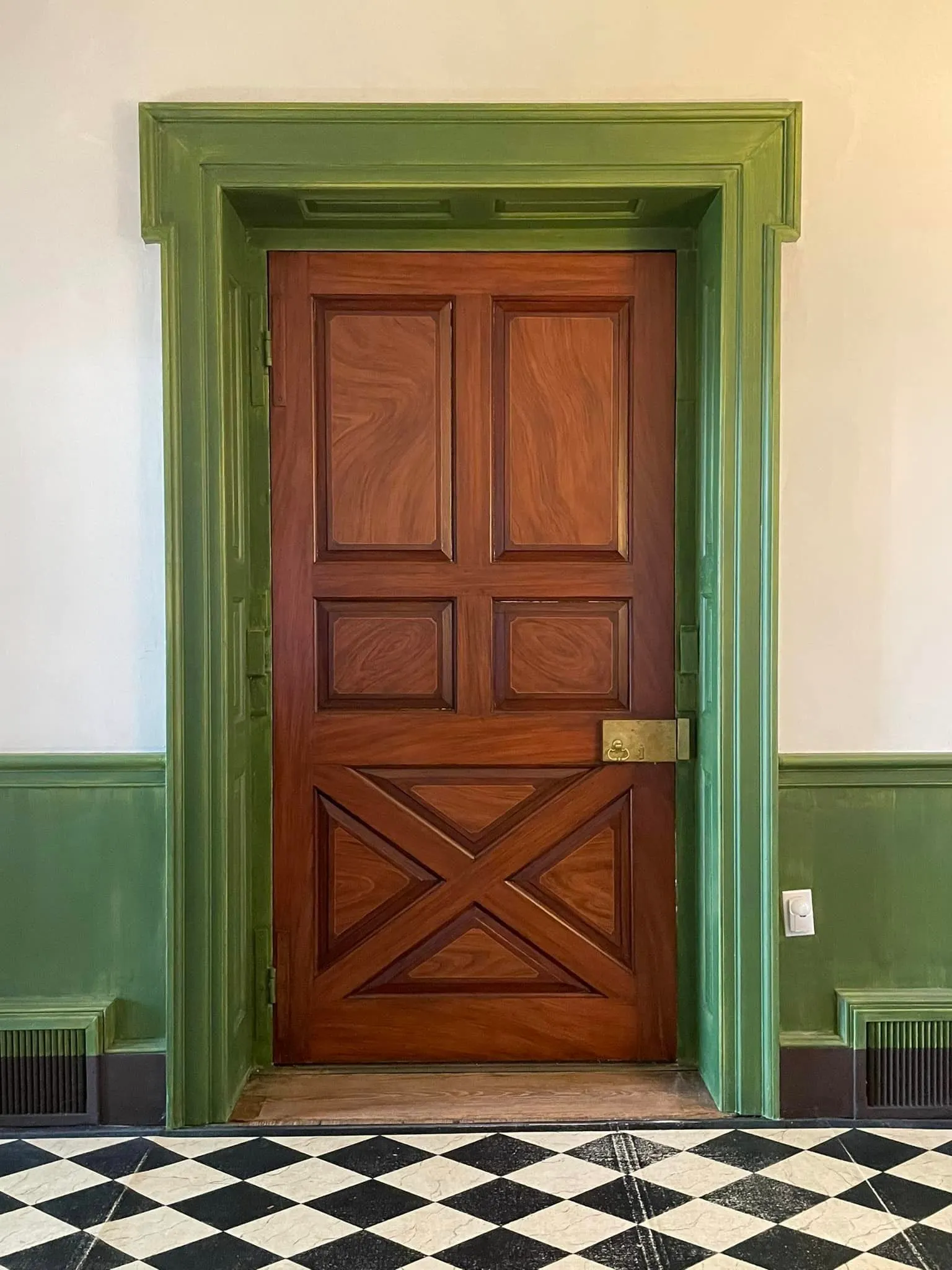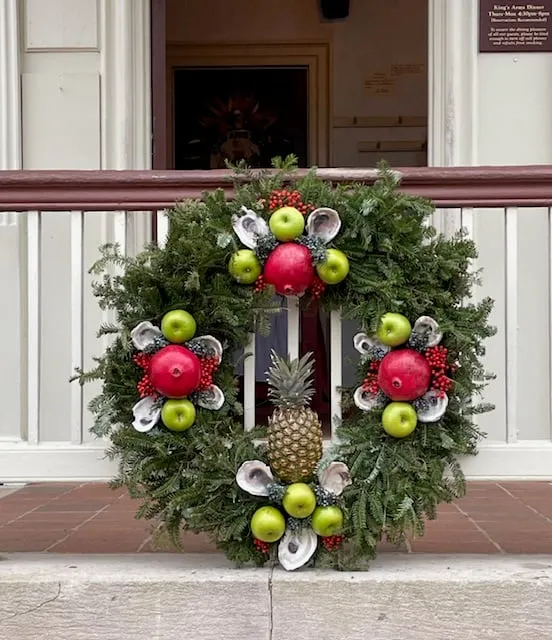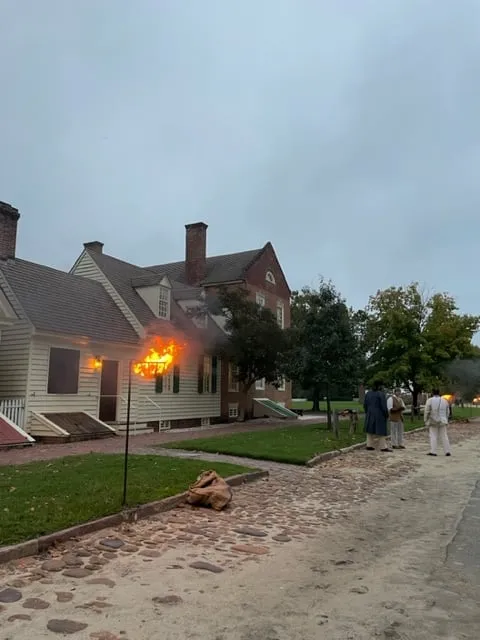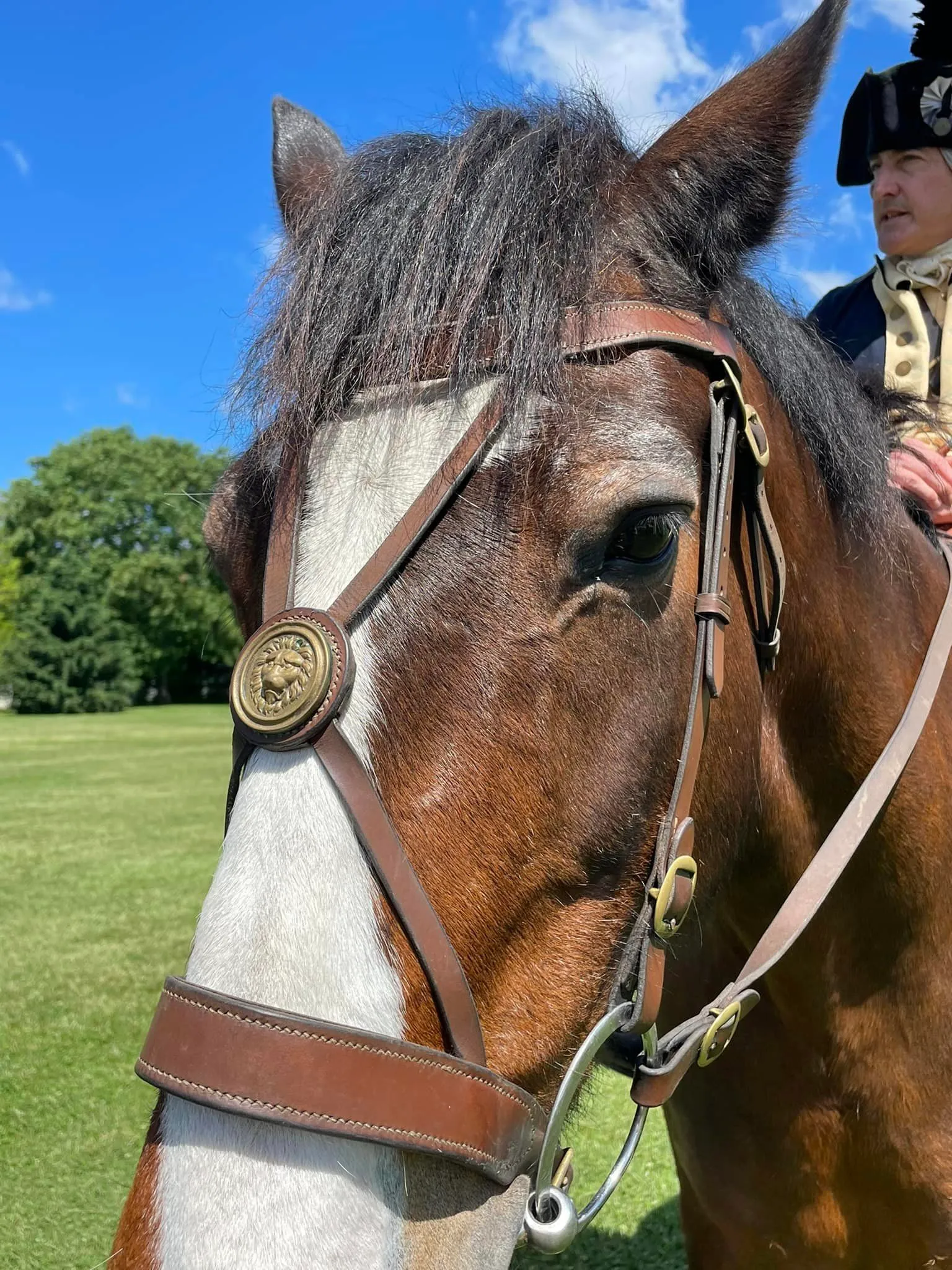Spotlight on Cadence Hodge: Dedicated to Researching and Preserving the Post-Civil War History of Smith’s Fort in Surry, Virginia
Meet Cadence.
When I sat across from Cadence after we scheduled our time to meet at the Surry Historical Society on quiet Tuesday morning, I saw hope for our future. That hope grounded in discovering the past. I won't lie, I get extra-excited (simply put!) when I see someone her age focused on bringing history alive.
And thanks to Preservation Virginia's Elyse Werling, who was interviewed previously on this blog, I got to meet this dedicated summer intern.
As this post is written, Cadence Hodge is about to be a sophomore at the College of William and Mary (W&M). She's a peer-reviewer for W&M’s historical review, The James Blair Historical Review, but outside of her history-related activities, she is:
- the secretary of W&M’s botany club
- violinist in the school’s symphony orchestra, and
- a mentor for students in W&M’s community-based research program
I'm proud to feature Cadence on this blog and hope you might pass this 7-question interview on to inspire young history lovers in your life!
RELATED: Read Elyse's interview by clicking here and learn more about Preservation Virginia in the process.
Disclaimer: As a blogger, I use affiliate links sometimes! I may receive commission from purchases I share; it does not change your price but sometimes you might get a discount.
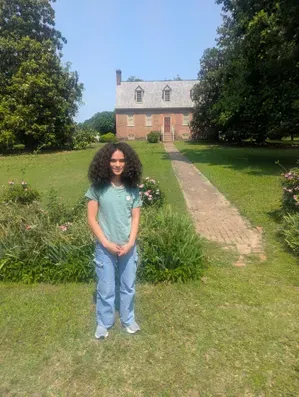
Cadence at Smith's Fort, Surry, Virginia
Question 1: Please share how you chose your field of study (and what it is!).
I’m double-majoring in history and public health. I’ve had an interest in history for a long time, as I find the connections between past and present very human and heartening. Especially in turbulent times, it is easy to forget that people have endured horrific things and have still found opportunities for creation and joy.
Studying history, especially on smaller scales, reminds me of that.
Public health is an area I’m passionate about on the policy side, and while it may seem completely separate from my other major, it isn’t. If I end up going into public health policy rather than historic preservation, I think it’s important I bring a well-developed knowledge of how history continues to impact the health of marginalized groups.
I’ve been lucky enough to grow up with good health education and the opportunity to keep myself healthy and happy, and I strongly believe all communities should have access to that.
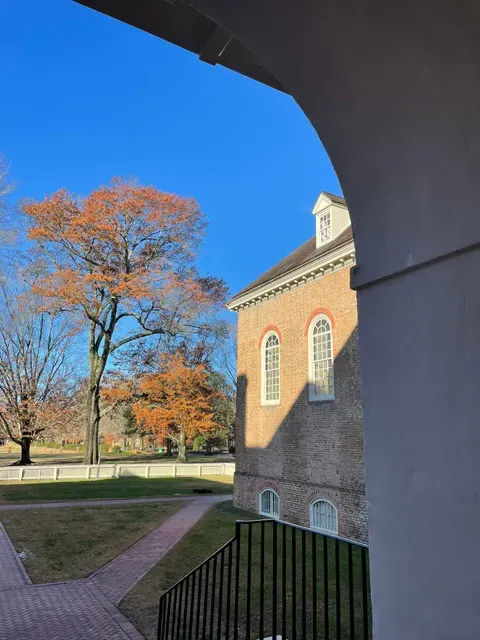
Campus of William and Mary, where Cadence studies
Question 2: Please tell us about your work with Preservation Virginia.
This summer, [2025] I’ve been a research intern for Preservation Virginia, focusing on the Black history of the Smith’s Fort site. It’s been a pretty flexible position, and my responsibilities have ranged from online genealogical research to collections deaccession to local archival research.
The Black history at Smith’s Fort shows a remarkable amount of resilience and resourcefulness from the people I’ve been studying. In 1886, four Black men named Bolling Morris, Carter Hardy, John Hardy, and Robertson Simmons bought Smith’s Fort from the white Spratleys who owned prior.
We have evidence that Bolling Morris and Robertson Simmons were enslaved, and Robertson Simmons was likely enslaved by a branch of the same Spratley family who ended up selling the land.
My research’s aim has been to flesh out our knowledge of the four men and their families—how they lived at Smith’s Fort, where their descendants ended up—as well as the conditions of Smith’s Fort’s sale. In 1928, Bolling Morris sold the manor house on the property and some of the land to John D. Rockefeller’s Williamsburg Holding Company.
In 1933, the remainder of the land was put up for auction and sold for very little money under questionable circumstances, so I’ve also been doing some research into that.
My final product from my time at Preservation Virginia will be a draft exhibit for Smith’s Fort that will tell the story of the four Black landowners who lived there.

Early 20th century photo of the home at Smith's Fort
Question 3: What would surprise readers about your research and what you’ve found so far?
Growing up in Virginia, I was never taught about the successes and joys of Black people prior to the Civil Rights Movement. People in similar situations may be surprised to know that while remarkable, the story of the Black families at Smith’s Fort wasn’t a one-off.
The South was in flux at the end of the Civil War, and the dissolution of plantations, increase in tobacco demand, and development of Black-run financial institutions provided opportunities for Black farmers in the Virginia Southside to own their own land—roughly ⅓ of them owned the land they farmed.
Question 4: Do you have a favorite person you’ve “met” so far in your research for this project?
So far, my favorite person I’ve researched has been Bolling Morris Jr., son of the Bolling Morris who purchased Smith’s Fort in 1886.
We know the most about him out of anyone, partially because he lived closer to the modern day (d. 1979), but also because he became a prominent figure in Richmond’s Black community.
After graduating from Virginia State University in 1916—we have a picture of him from his class collage—he owned a shop called Morris’ Confectionery at 101 E. Leigh St., the same street Maggie L. Walker lived on, and ran a post office substation out of the same building.
I think knowing so much about his life after leaving Smith’s Fort and having an idea of his ambitions through the business he ran makes him intriguing to me.
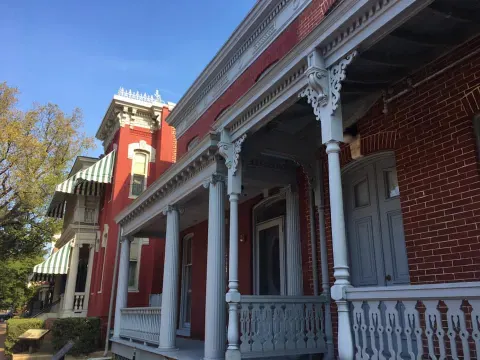
Maggie Walker House on "Quality Row," Richmond, Virginia
Question 5: Can you share your favorite places to find significant documents- and why?
I’m a big fan of the Library of Virginia for whole-day research sessions. They have a lot of documents and incredibly helpful research staff and librarians.
It also doesn’t hurt that they have a nice café. [author's note: don't underestimate the value of this!]
Question 6: What tips do you have for readers who are not doing academic research, but have a passion for history?
My biggest tip for people passionate about history is to take advantage of any public libraries in your area!
They’re useful not just for finding books about your historical interests, but many provide access to book talks and webinars that might interest you. Those events can also connect you to people with similar interests.
Another tip is to look into your local history.
A lot of lesser-known places have really rich histories, and it can really bring things to life if you can connect a notable person or event with a park you pass by every weekend.
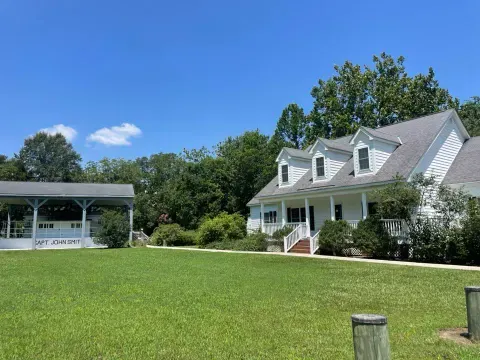
Surry County Historical Society, where I met Cadence
Question 7: If there’s one piece of knowledge or advice you’d like readers to walk away with about preserving and understanding history, what would it be?
I realize I’m probably preaching to the choir—this is a history blog—but because I meet a lot of people who find history boring or irrelevant, I’d like to remind everyone that they are a part of history!
The people I’ve been researching may not have had a sense of the long-term importance of their day-to-day lives, but the seemingly mundane aspects of their lives—the names of the mules they owned, where in the kitchen they kept their butter—are fascinating a group of people over a hundred years after the fact.
True history is everyone’s story, regardless of how insignificant an individual story may seem as it’s being lived out.
Before we have our closing words from history: three calls to action.
- If you're interested in an internship or job with Preservation Virginia, click here to check out what's available.
- Visit Smith's Fort. Reserve your tickets here.
- If you're planning a visit to this region, I can create a customized itinerary. It will include places you may not be familiar with, like Smith's Fort, where you can focus on the history you're most passionate about finding! Click here to book a call.
Closing words from history.
Knowing the importance and legacy left in this region by Maggie L. Walker and the connection to Bolling Morris, Jr. Candace shined light on above, I want to brighten the light a little.
Here are the words of Ms. Walker, a legacy not only of Black history, of Virginia history, but all history. Her history IS our shared American history.
Maggie L. Walker to a meeting of workers for the Richmond Community Fund, 1933.
“Richmond is the best City in the world, where whites and Negroes work side by side for the benefit of humanity. The hearts of the colored people of Richmond are just as large as those of the white people. Their desires and ambitions are just as great. They give freely of the little they have. Richmond cannot fail, she must set the example for every other city in the Union.”
Source: National Park Service website- click here to view.
Are you enjoying the blog? Tip me using my online tip jar!
There is a huge practical disclaimer to the content on this blog, which is my way of sharing my excitement and basically journaling online.
1) I am not a historian nor an expert. I will let you know I’m relaying the information as I understand and interpret it. The employees of Colonial Williamsburg base their presentations, work, and responses on historical documents and mainly primary sources. In the case of interviews, I am sharing the words of the interviewee: their values, beliefs, and interpretation of research, highlighting any notes of my own as mine.
2) I will update for accuracy as history is constant learning. If you have a question about accuracy, please ask me! I will get the answer from the best source I can find.
3) Photo credit to me, Daphne Reznik, for all photos in this post, unless otherwise credited! All photos are personal photos taken in public access locations or with specific permission.
